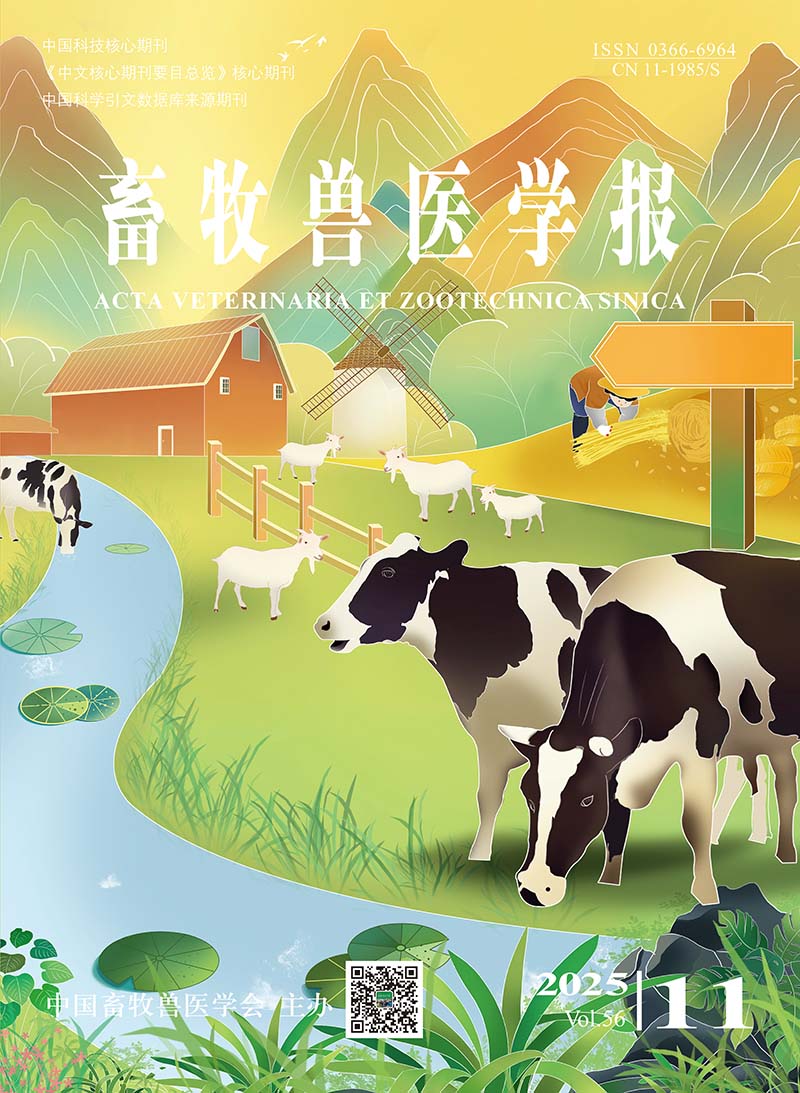The aims of the study were to clone the CDS of krüppel-like factors (KLF5, KLF6, KLF7), determine their expression in various tissues, and analyze their correlation with intramuscular fat (IMF), which might provide basis for the functional research on KLFs in regulating lipid metabolism in yak. Seven healthy, 4-6 years old male Maiwa yaks were selected as experiment animals. After fasting slaughter, the tissue samples of spleen, lung, kidney, subcutaneous fat and longissimus dorsi muscle were collected for the total RNA extraction. The sequences of KLF5, KLF6 and KLF7 genes were cloned by RT-PCR, and analyzed using bioinformatics, respectively. The mRNA expression of KLFs were determined using real-time fluorescent quantitative PCR (qPCR). Pearson correlation coefficient was used for analyzing the correlation between the mRNA expression of KLFs and IMF content in yak. The CDS of KLF5, KLF6 and KLF7 were 1 086, 855 and 909 bp, encoding 361, 284 and 302 amino acids, respectively. The yak KLFs sequences were closest associated with bovine, followed by goat, sheep, pig, and more distant with chicken. The tissue expression of the KLF5, KLF6 and KLF7 were higher in lung, and lower in longissimus dorsi muscle. The expression of KLF5 was significantly correlated with the expression of KLF6 and KLF7, respectively. However, all of mRNA expression of KLFs were not correlated with IMF content in longissimus dorsi muscle of yak. These data provided basic information for the functional research of KLF5, KLF6, KLF7, and would be beneficial for understanding the regulatory mechanism of lipid metabolism in yak.






